Home>diy>Architecture & Design>What Is A Smart House Design
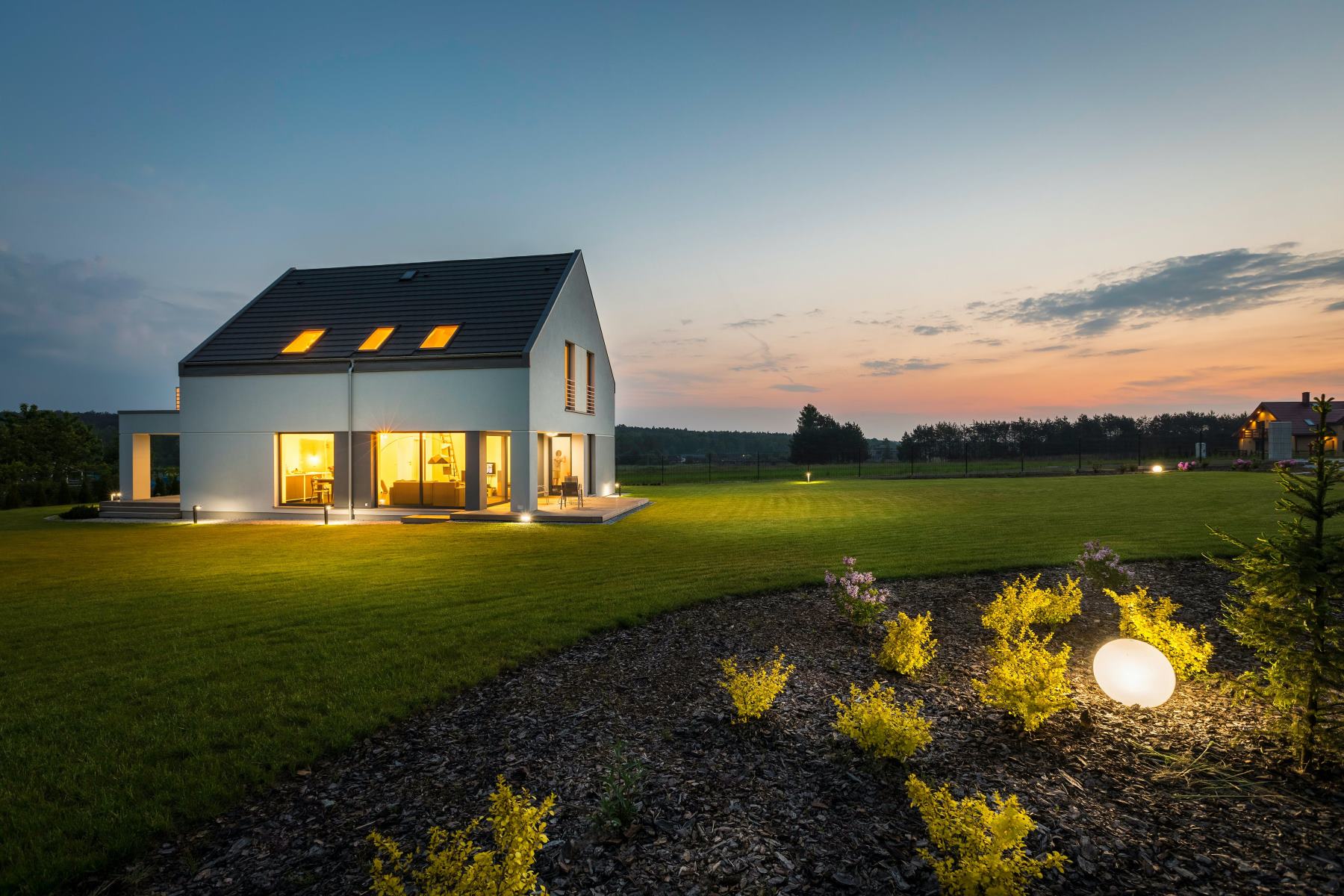

Architecture & Design
What Is A Smart House Design
Modified: January 4, 2024
Discover the power of smart house design with our innovative architecture design solutions. Experience a seamless blend of technology and aesthetics for your dream home.
(Many of the links in this article redirect to a specific reviewed product. Your purchase of these products through affiliate links helps to generate commission for Storables.com, at no extra cost. Learn more)
Introduction
With the rapid advancements in technology, our homes are evolving into smart and connected spaces, offering convenience, comfort, and efficiency like never before. The concept of smart house design has gained immense popularity in recent years, revolutionizing the way we live and interact with our living spaces.
A smart house, also known as a connected or intelligent house, refers to a home that is equipped with advanced automation systems and integrated technology to control and monitor various functions. From lighting and temperature control to security and entertainment, a smart house utilizes interconnected devices, sensors, and software to create an intelligent and efficient living environment.
This article explores the various aspects of smart house design, delving into the advantages, key components, popular features, challenges, limitations, and the future of this rapidly expanding field.
Key Takeaways:
- Smart house design offers convenience, energy efficiency, enhanced security, and customization through interconnected devices and automation, transforming homes into intelligent living spaces.
- The future of smart house design holds promise with AI integration, IoT expansion, energy efficiency, and enhanced security, revolutionizing living spaces into sustainable, interconnected environments.
Read more: What Is Porch In House
Definition of a Smart House
A smart house can be defined as a residence that uses advanced technology to automate and control various aspects of daily life. It incorporates intelligent systems and devices that communicate with each other through a network, allowing users to manage and monitor their homes remotely.
At the heart of a smart house is a central hub or controller that acts as the brain of the system. This hub is connected to different devices, such as thermostats, lighting controls, security cameras, door locks, appliances, and entertainment systems. These devices can be controlled through a smartphone, tablet, or computer using dedicated apps, voice commands, or even artificial intelligence assistants like Amazon’s Alexa or Google Assistant.
One of the key aspects of a smart house is automation. It allows users to create predefined schedules or triggers to control various functions. For example, you can program your house to turn off the lights and adjust the temperature when you leave for work or to automatically lock the doors and activate the security system when you go to bed.
Moreover, a smart house can also adapt to the users’ preferences and behavior patterns. By learning your habits and preferences, the system can anticipate your needs and adjust the settings accordingly. For instance, it can adjust the brightness and color temperature of the lights based on the time of day or dim the lights when you start watching a movie.
Another essential feature of a smart house is its connectivity. It allows various devices and systems to communicate and share data with each other. This not only enables centralized control but also facilitates the exchange of information for better functionality and optimization. For example, your smart house can use data from motion sensors to turn on the lights in a room when someone enters and adjust the temperature based on occupancy.
In summary, a smart house is a technologically advanced dwelling that leverages automation, connectivity, and intelligent systems to enhance comfort, convenience, and efficiency in our everyday lives. It brings together various devices and appliances through a centralized control system, enabling users to have greater control, flexibility, and peace of mind.
Advantages of Smart House Design
The integration of smart house design offers numerous benefits to homeowners, making it an increasingly popular choice in modern living. Here are some advantages of incorporating smart house design into your home:
- Convenience: One of the primary advantages of a smart house is the convenience it provides. With just a few taps on your smartphone or a simple voice command, you can control and monitor various aspects of your home. Whether it’s adjusting the temperature, turning on the lights, or unlocking the front door, smart house technology simplifies daily tasks and eliminates the need for manual operation.
- Energy Efficiency: Smart house design promotes energy efficiency by optimizing the use of resources. Through automation and intelligent control, you can ensure that lights and appliances are not left on when not in use, resulting in energy savings. Additionally, smart thermostats can regulate temperature settings based on occupancy and schedules, further reducing energy consumption.
- Enhanced Security: Smart house design offers enhanced security features, providing homeowners with peace of mind. Integrated security systems can include smart locks, security cameras, motion sensors, and alarm systems, all of which are accessible and controllable remotely. Real-time alerts and notifications keep you informed about any potential security breaches, allowing you to take immediate action.
- Improved Safety: Smart house technology can enhance the safety of your home. Smoke detectors and carbon monoxide sensors can be connected to your smart house system to provide instant alerts in case of any emergencies. Additionally, smart house design allows you to remotely monitor and control various safety features, such as door locks and surveillance cameras.
- Customization and Personalization: Smart house design offers a high level of customization and personalization. You can create unique settings and preferences for different rooms or even individual devices. For example, you can set different lighting scenes in the living room for hosting a party or watching a movie. This level of customization allows you to create the perfect ambiance for any occasion.
- Remote Access and Monitoring: With smart house technology, you have the ability to remotely access and monitor your home. Whether you’re at work, on vacation, or simply away from home, you can check the status of your security system, adjust the temperature, or even receive notifications about any unusual activity. This remote accessibility gives you control and peace of mind no matter where you are.
In summary, smart house design offers a range of advantages, including convenience, energy efficiency, enhanced security, improved safety, customization, and remote access. By leveraging advanced technology and automation, smart house design enhances our daily lives and transforms our living spaces into intelligent, connected, and efficient environments.
Key Components of a Smart House
A smart house consists of various components that work together to create an interconnected and intelligent living space. These components form the foundation of a smart house design and enable the automation and control of different functions. Here are some of the key components found in a smart house:
- Central Hub or Controller: The central hub or controller is the brain of the smart house system. It acts as a central point of control, connecting all the devices and enabling communication between them. It can be a dedicated device or software running on a computer or server.
- Sensors: Sensors are an essential component of a smart house design. They gather data and provide information about the environment or specific conditions. Common sensors used in smart houses include motion sensors, temperature sensors, light sensors, and humidity sensors.
- Devices and Appliances: Smart house design involves the integration of various devices and appliances. These can include smart thermostats, lighting controls, smart locks, security cameras, smart appliances (such as refrigerators or washing machines), entertainment systems, and voice-controlled assistants.
- Connectivity and Networking: A smart house relies on a robust network to connect all the devices and components. This network can be wired or wireless, depending on the requirements. It allows seamless communication and data exchange between devices, enabling centralized control.
- Control Interfaces: Smart houses provide different control interfaces to interact with the system. This can include smartphone apps, tablets, computers, voice commands, or even dedicated control panels. These interfaces allow users to manage and monitor the various functions of the smart house system.
- Automation Software: To enable automation and scheduling, smart house systems utilize automation software. This software allows users to create routines, triggers, and schedules for different devices and functions. It enables seamless integration and coordination between different components.
- Data Storage and Analytics: Smart house design involves the collection and analysis of data to optimize the system’s performance. This data can include energy usage, occupancy patterns, security events, and more. Data storage and analytics enable homeowners to gain insights into their living habits and make informed decisions for increased efficiency and comfort.
- Remote Access and Communication: Smart houses offer the convenience of remote access and communication. This allows homeowners to control and monitor their homes from anywhere using smartphones or other devices connected to the internet. Remote access enables users to adjust settings, receive notifications, and stay connected to their homes even when they are away.
These key components work together to create a dynamic and interconnected smart house system. Each component plays a crucial role in enabling automation, control, and intelligent functionality, making our homes more efficient, convenient, and comfortable.
Smart House Design Integration
Smart house design integration involves the seamless incorporation and synchronization of various devices, systems, and components into a unified and intelligent ecosystem. It is the process of connecting and integrating the different elements to create a cohesive and efficient smart house system. Here’s a closer look at the aspects of smart house design integration:
Compatibility: One of the key considerations in smart house design integration is ensuring compatibility between different devices and systems. Compatibility ensures that all components can communicate and work together effectively. This involves selecting devices and systems that are designed to be compatible with each other or using integration platforms that bridge the gap between disparate technologies.
Interconnectivity: Interconnectivity is the foundation of smart house design integration. It involves establishing a network that allows devices and systems to communicate with each other. This can be achieved through wired or wireless connections, such as Wi-Fi, Bluetooth, or Zigbee. Interconnectivity enables the centralized control and coordination of various functions throughout the smart house.
Centralized Control: A key aspect of smart house integration is centralized control. This means that homeowners can control and monitor different devices and systems through a single interface or controller. This can be a smartphone app, a dedicated control panel, or even voice commands. Centralized control simplifies the user experience and eliminates the need to manage multiple control interfaces.
Automation and Synchronization: Smart house design integration allows for automation and synchronization of various devices and systems. For example, when you leave the house, the system can automatically turn off the lights, adjust the thermostat, lock the doors, and activate the security system. Automation and synchronization ensure that different components work together seamlessly to create a connected and efficient living environment.
Data Sharing and Analytics: Integration enables the sharing of data between different devices and systems. This data exchange allows for improved functionality and optimization. For example, data from motion sensors can be used to trigger the lights to turn on when someone enters a room. Furthermore, data analytics can provide valuable insights on energy usage, occupancy patterns, and user preferences, helping homeowners make informed decisions for increased efficiency and comfort.
Scalability and Flexibility: Smart house design integration should be scalable and flexible to accommodate future expansions and advancements. As technology continues to evolve, homeowners may want to add new devices or upgrade existing systems. A well-designed integration framework allows for easy scalability and adaptability, ensuring that the smart house system can grow and evolve along with the homeowner’s needs and preferences.
By focusing on compatibility, interconnectivity, centralized control, automation and synchronization, data sharing and analytics, and scalability, smart house design integration ensures that all components seamlessly work together to create a cohesive and intelligent living space. It enables homeowners to enjoy the benefits of a connected and efficient smart house system, enhancing comfort, convenience, and security.
When designing a smart house, consider integrating energy-efficient appliances, automated lighting and temperature control, and a centralized smart home system for easy management.
Popular Smart House Design Features
Smart house design offers a wide range of features that enhance the functionality, comfort, and convenience of our homes. These features leverage automation, connectivity, and intelligent systems to create a seamless living experience. Here are some popular smart house design features that homeowners are implementing:
- Smart Lighting: Smart lighting systems allow homeowners to control and automate their lighting fixtures. With features like dimming, color customization, and scheduling, homeowners can create the perfect ambiance for any occasion. Voice control and motion sensors provide hands-free operation and energy savings by automatically turning lights on or off based on occupancy.
- Smart Thermostats: Smart thermostats enable precise temperature control and energy management. They can learn your preferences, adjust settings based on occupancy, and even adapt to local weather conditions. Remote access allows you to control the temperature from anywhere, ensuring comfort and energy efficiency.
- Home Security Systems: Smart house design incorporates advanced security features, including smart locks, video doorbells, surveillance cameras, and motion sensors. These systems can be monitored and controlled remotely, providing real-time alerts and video feeds. Integration with other devices, such as lighting and door locks, enhances security by automatically activating certain functions when an event is detected.
- Smart Home Entertainment: Smart house design enhances the entertainment experience by integrating audio and visual systems. With voice-controlled assistants and centralized control, you can easily stream music and videos throughout your home. Home theater systems can be automated to dim lights, adjust sound settings, and even control curtains or blinds for an immersive movie-watching experience.
- Energy Monitoring and Management: Smart house systems offer energy monitoring and management features, providing insights into energy usage and costs. By tracking energy consumption of appliances and devices, homeowners can identify energy-intensive items and make informed decisions for efficiency. Smart house systems can also automatically adjust energy settings based on user preferences and occupancy patterns.
- Smart Appliances: Smart appliances, such as refrigerators, washing machines, and ovens, bring added convenience and efficiency to daily tasks. These appliances can be controlled and monitored remotely, saving time and effort. For example, you can preheat your oven while still at work or receive notifications when your laundry cycle is complete.
- Voice Control: Voice control is a popular feature in smart house design. With voice-controlled assistants like Amazon’s Alexa or Google Assistant, you can control various functions and devices using just your voice commands. From adjusting the thermostat to playing music or turning on the lights, voice control offers a hands-free and intuitive way to interact with your smart house system.
- Smart Irrigation Systems: Smart irrigation systems use sensors and weather data to optimize water usage for your lawn and garden. They can adjust watering schedules based on weather conditions, soil moisture levels, and plant types, ensuring efficient irrigation and water conservation.
These popular smart house design features provide homeowners with comfort, convenience, security, and energy efficiency. By embracing these features and integrating them into a cohesive smart house system, homeowners can transform their living spaces into intelligent and connected environments.
Challenges and Limitations of Smart House Design
While smart house design offers numerous benefits and exciting features, it also comes with its own set of challenges and limitations. These factors should be considered when implementing a smart house system. Here are some of the challenges and limitations of smart house design:
- Compatibility Issues: One of the challenges in smart house design is the compatibility of different devices and systems. Not all devices and technologies are compatible with each other, which can make integration and synchronization difficult. It is essential to ensure that all components are compatible or to use dedicated integration platforms to bridge the gap between different technologies.
- Technical Complexity: Smart house design requires technical expertise to set up and configure the system properly. The installation of devices, network setup, and software integration can be complex and time-consuming. Homeowners might need the assistance of professionals or spend time learning and troubleshooting the technical aspects of smart house design.
- Privacy and Security Concerns: With the increased connectivity and data exchange in smart house design, privacy and security are potential concerns. It is important to ensure that the smart house system is protected against unauthorized access and data breaches. Regular software updates, strong passwords, and the use of reputable devices and platforms can help mitigate these risks.
- Reliability and Dependence on Technology: Relying on technology means that malfunctions or technical issues can disrupt the functionality of a smart house system. Power outages, internet connectivity problems, or device failures can affect the automation and control features. Backup power systems and redundant connectivity options can help mitigate these issues, although they may require additional investment.
- Cost: Implementing a smart house system can involve significant upfront costs. Smart devices and systems can be more expensive compared to traditional alternatives. Additionally, there may be ongoing costs for maintenance, software upgrades, and subscription fees for certain services. Homeowners need to weigh the benefits against the costs to determine the feasibility of smart house design for their budget.
- Learning Curve: Smart house design introduces new technologies and control interfaces that may require a learning curve for homeowners. Getting accustomed to using smartphone apps, voice commands, or dedicated control panels might take time and effort. Adequate training and user-friendly interfaces can help homeowners overcome this learning curve.
- Lack of Standardization: There is currently no universal standard for smart house design, which can lead to compatibility issues and a fragmented market. Different devices and systems may use different protocols and interfaces, making it challenging to seamlessly integrate them. Homeowners need to ensure that devices and systems they choose are compatible with each other or can be integrated through available solutions.
- Limited Flexibility and Adaptability: Smart house systems may face limitations in terms of customization and adaptability. Some systems may be proprietary, meaning they only work with devices from the same manufacturer or within a closed ecosystem. This can limit the flexibility to choose and switch between different devices or expand the smart house system with devices from different brands.
It is vital for homeowners to consider these challenges and limitations of smart house design before implementing a system. Addressing these concerns through proper planning, research, and selecting reliable devices and technologies can help overcome these challenges and ensure a successful and satisfying smart house experience.
Future of Smart House Design
The future of smart house design is poised to be exciting and transformative, driven by ongoing advancements in technology and the increasing demand for connected and efficient living spaces. Here are some key trends and possibilities that indicate the future direction of smart house design:
- Artificial Intelligence (AI) Integration: AI integration will play a vital role in the future of smart house design. AI technologies, such as machine learning and natural language processing, will enable smarter automation, predictive analytics, and personalized experiences. Smart house systems will learn user preferences, anticipate needs, and adapt to changing patterns, enhancing comfort and convenience.
- Internet of Things (IoT) Expansion: The Internet of Things will continue to evolve and expand, leading to a greater number of interconnected devices and systems in smart house design. More devices will be equipped with sensors and connectivity, facilitating seamless communication and data exchange. This will enable enhanced automation and coordination between various components, creating a truly smart and responsive living environment.
- Increased Energy Efficiency: The future of smart house design will focus heavily on energy efficiency and sustainable living. Smart house systems will integrate advanced energy monitoring, management, and optimization features. This will include real-time energy usage feedback, smart grid integration, and intelligent energy load balancing to reduce wastage and promote responsible energy consumption.
- Smart Grid Integration: Integration between smart house systems and the power grid will become more prevalent. This will enable the bi-directional flow of energy, allowing smart house systems to not only consume but also generate and store energy. Homeowners will have the ability to sell excess energy back to the grid and participate in demand response programs for increased cost savings and grid stability.
- Enhanced Voice and Gesture Control: Voice and gesture control will continue to advance in smart house design. Natural language processing and gesture recognition technologies will make interactions with smart house systems more intuitive and seamless. Homeowners will be able to communicate with their homes in a more human-like and effortless manner, further enhancing the user experience.
- Enhanced Data Analytics and Personalization: The future of smart house design will see significant advancements in data analytics capabilities. Smart house systems will gather and analyze vast amounts of data to provide personalized recommendations and insights. This will enable homeowners to optimize energy usage, improve comfort settings, and make informed decisions based on their unique preferences and routines.
- Integration with Smart Cities: Smart house design will be further integrated with smart city initiatives. There will be increased connectivity and collaboration between smart homes, smart transportation systems, energy grids, and public infrastructure. This integration will enable more efficient resource allocation, optimized transportation, and improved quality of life for residents.
- Enhanced Security and Privacy: Future smart house design will prioritize security and privacy. There will be advancements in encryption techniques, authentication protocols, and cyber threat detection mechanisms to safeguard smart house systems from hacking and data breaches. Privacy regulations and standards will be developed to protect consumer data and ensure transparency in data collection and usage.
The future of smart house design holds immense promise in transforming our living spaces into intelligent, sustainable, and interconnected environments. Through AI integration, IoT expansion, energy efficiency, smart grid integration, enhanced control interfaces, personalized experiences, smart city integration, and improved security and privacy, smart house design will continue to evolve and revolutionize the way we live.
Conclusion
Smart house design has emerged as a game-changer in the way we live and interact with our homes. It offers a myriad of advantages, including convenience, energy efficiency, enhanced security, improved safety, customization, and remote accessibility. With the integration of advanced automation systems, interconnected devices, and intelligent software, smart houses have transformed into intelligent and efficient living spaces.
The key components of a smart house, such as the central hub or controller, sensors, devices and appliances, connectivity and networking, control interfaces, automation software, data storage and analytics, and remote access and communication, work together to create a cohesive and intelligent ecosystem.
While there are challenges and limitations in smart house design, such as compatibility issues, technical complexity, privacy concerns, and cost, they can be mitigated with proper planning, research, and selecting reliable devices and technologies.
The future of smart house design holds even more possibilities, driven by advancements in artificial intelligence (AI), internet of things (IoT), energy efficiency, smart grid integration, enhanced control interfaces, data analytics, and integration with smart cities. These advancements will enable smarter automation, greater personalization, improved energy management, enhanced security, and seamless integration with the surrounding environment.
In conclusion, smart house design has revolutionized the way we live, offering convenience, comfort, and efficiency. As technology continues to advance, the future holds even greater potential for smart house systems to enhance our lives and create intelligent, sustainable, and interconnected living environments.
Frequently Asked Questions about What Is A Smart House Design
Was this page helpful?
At Storables.com, we guarantee accurate and reliable information. Our content, validated by Expert Board Contributors, is crafted following stringent Editorial Policies. We're committed to providing you with well-researched, expert-backed insights for all your informational needs.
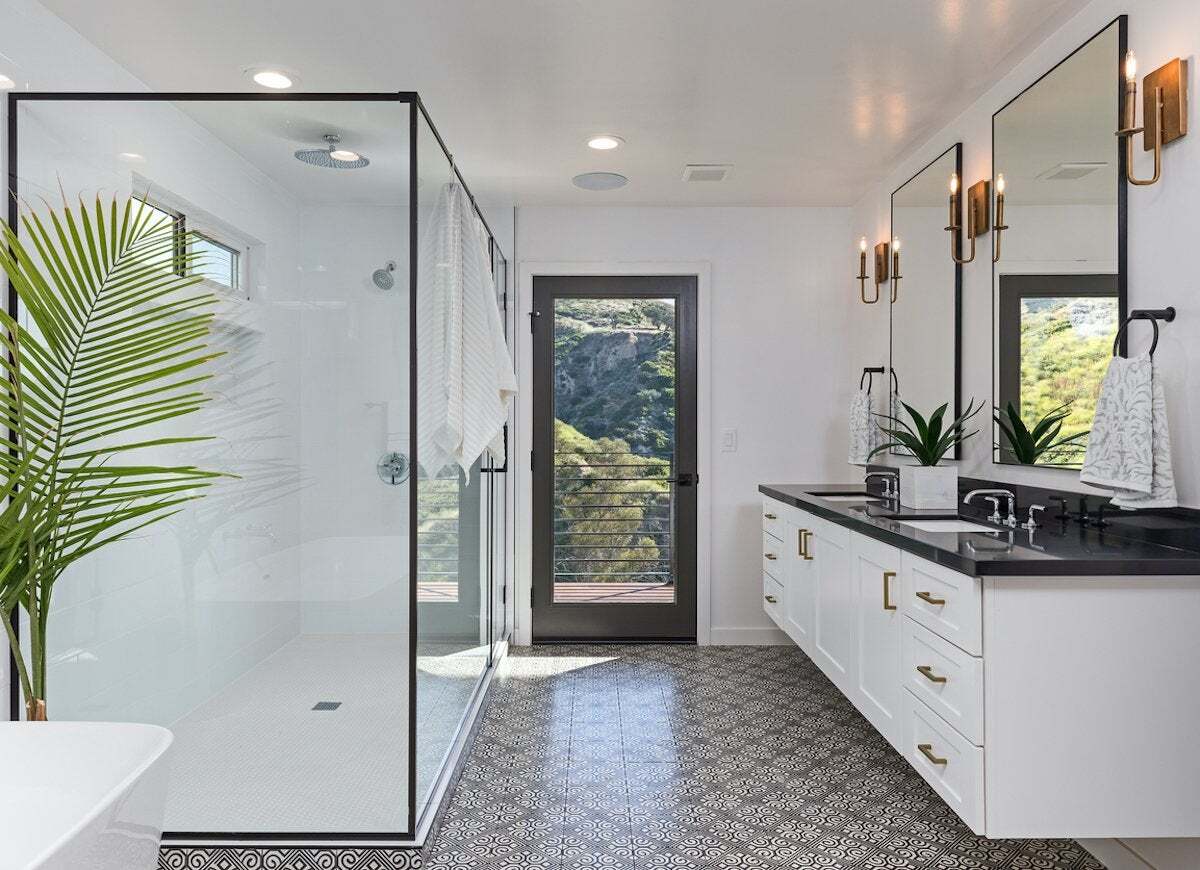
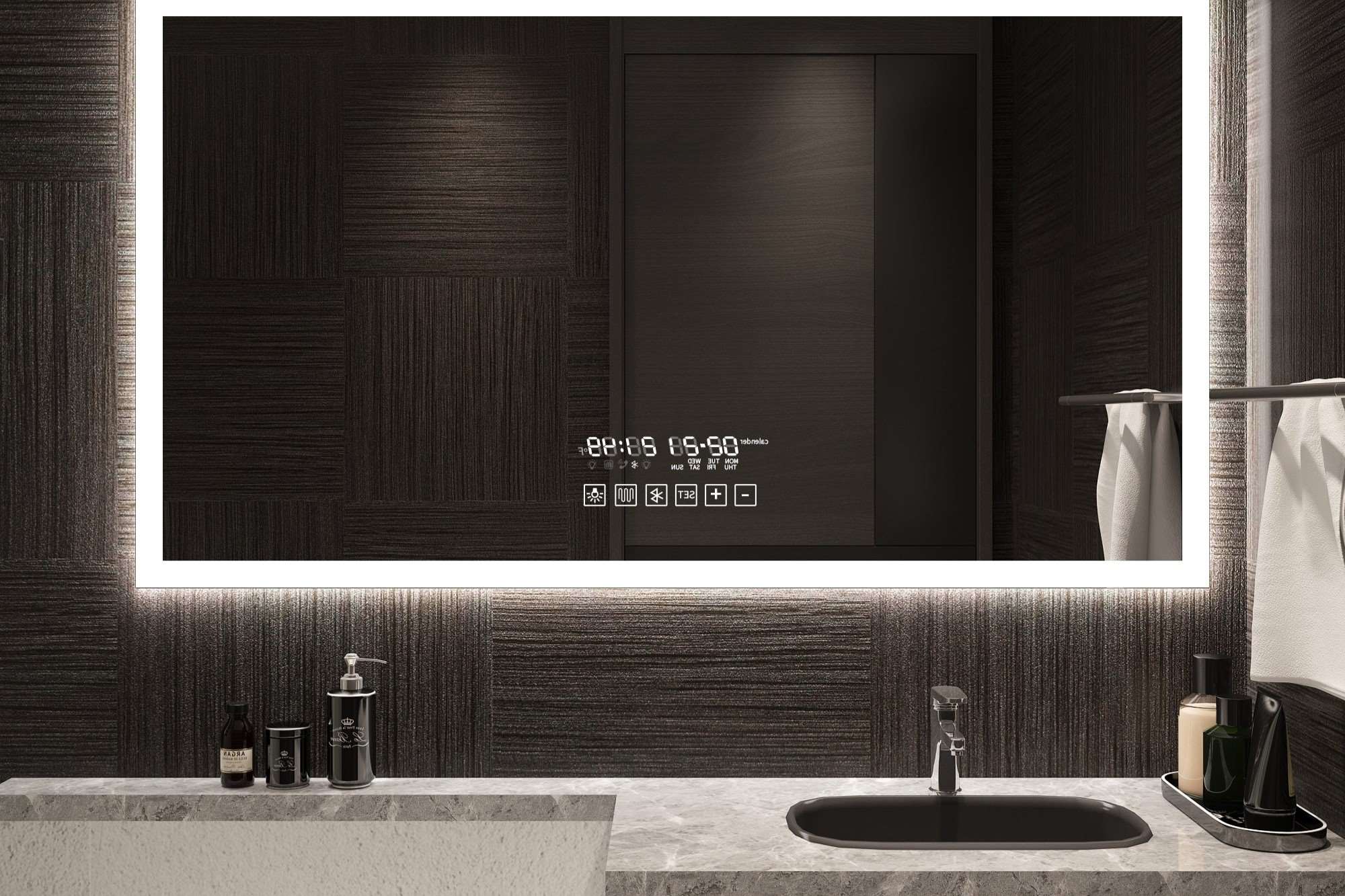




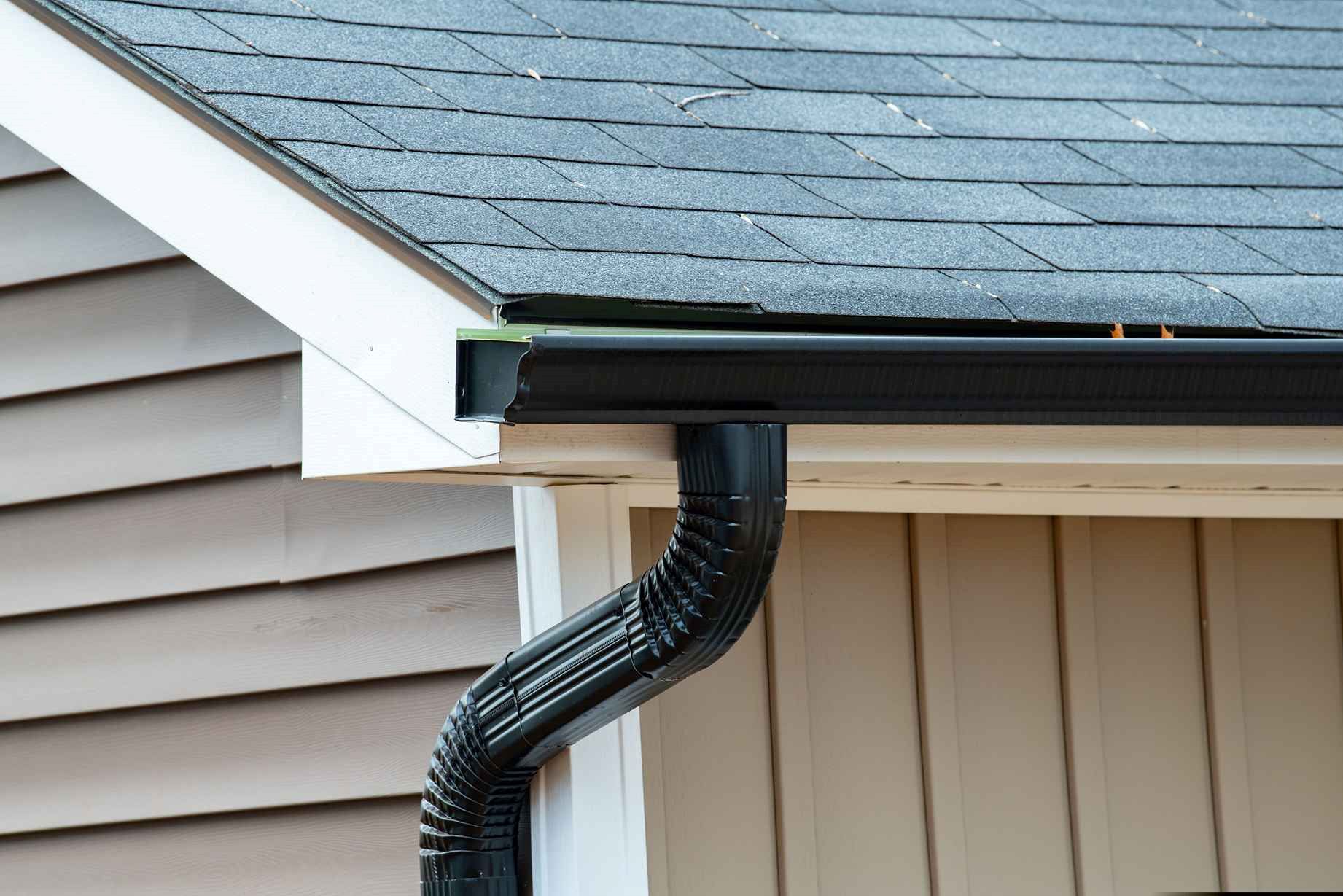

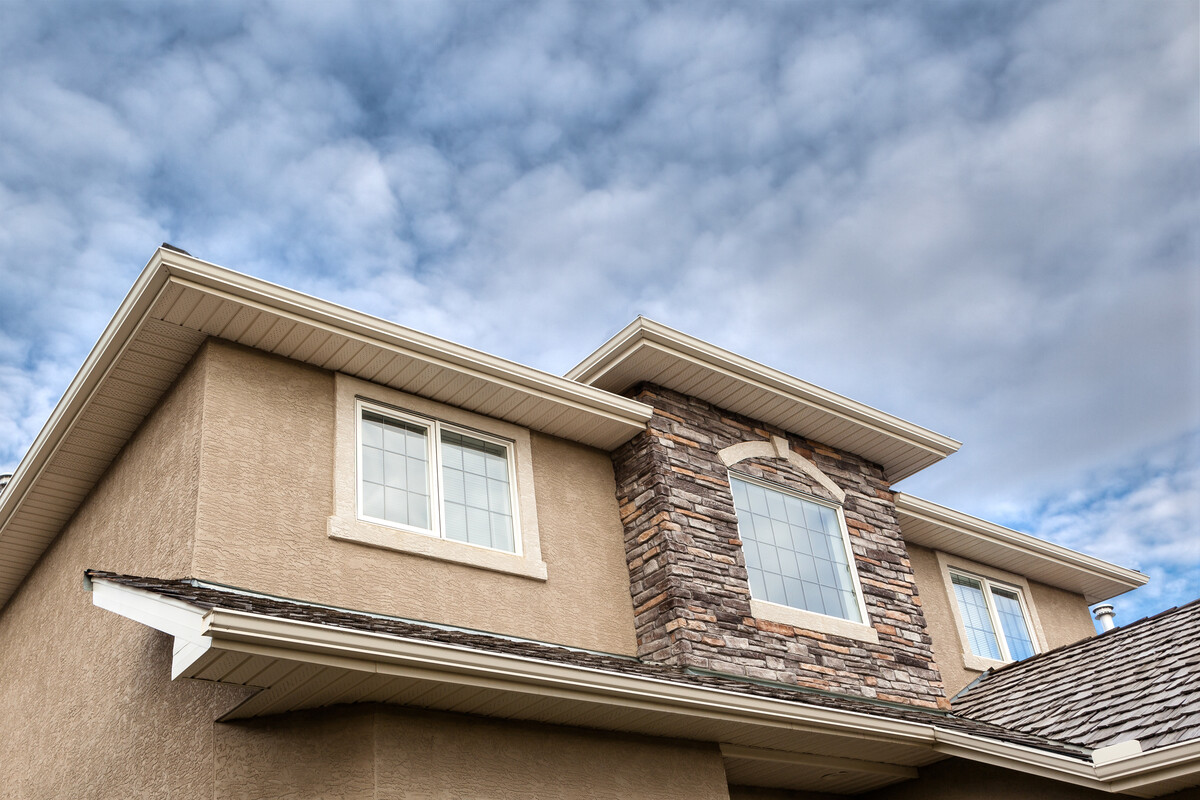

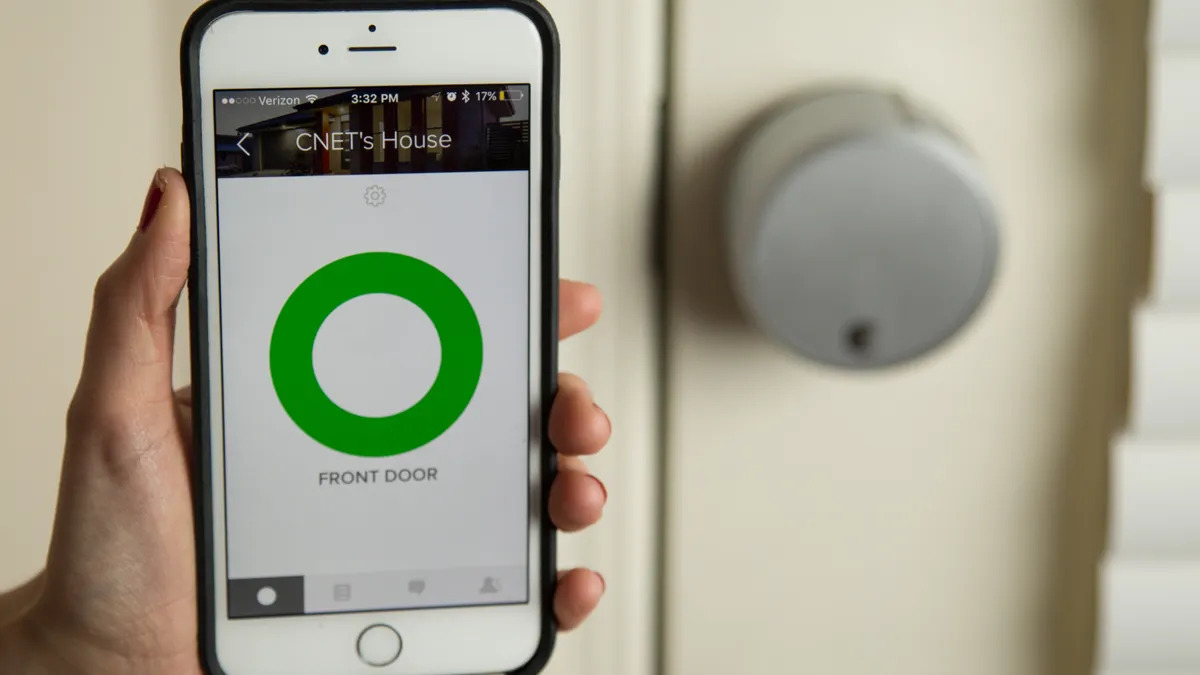
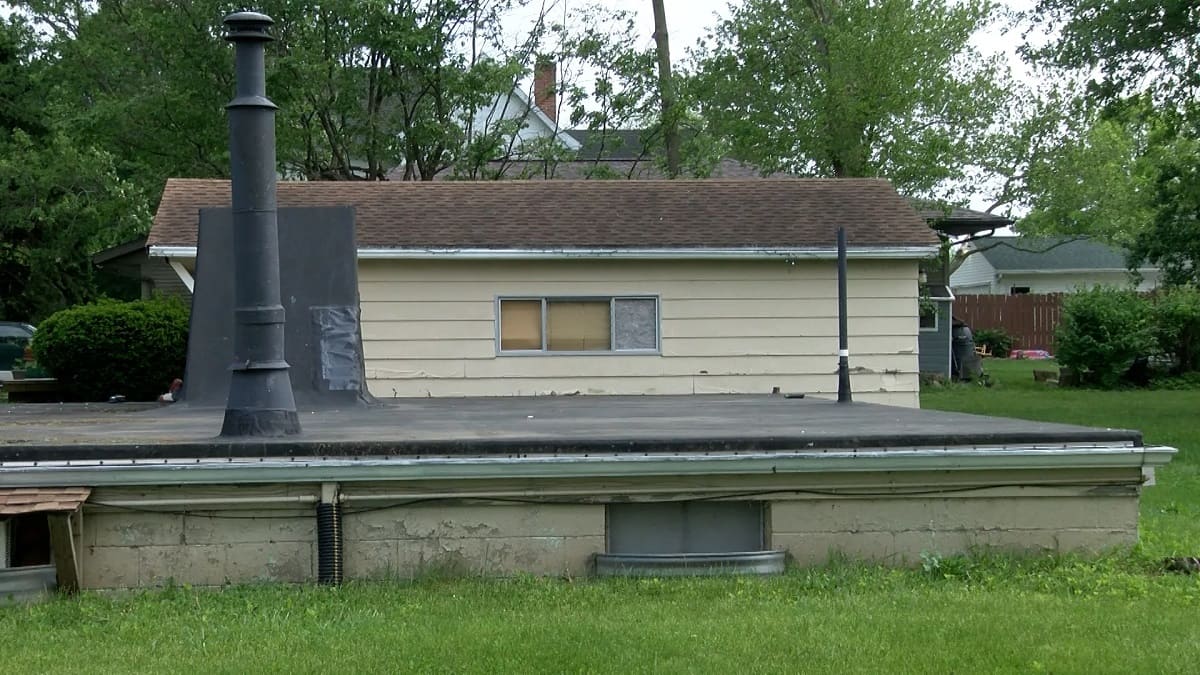
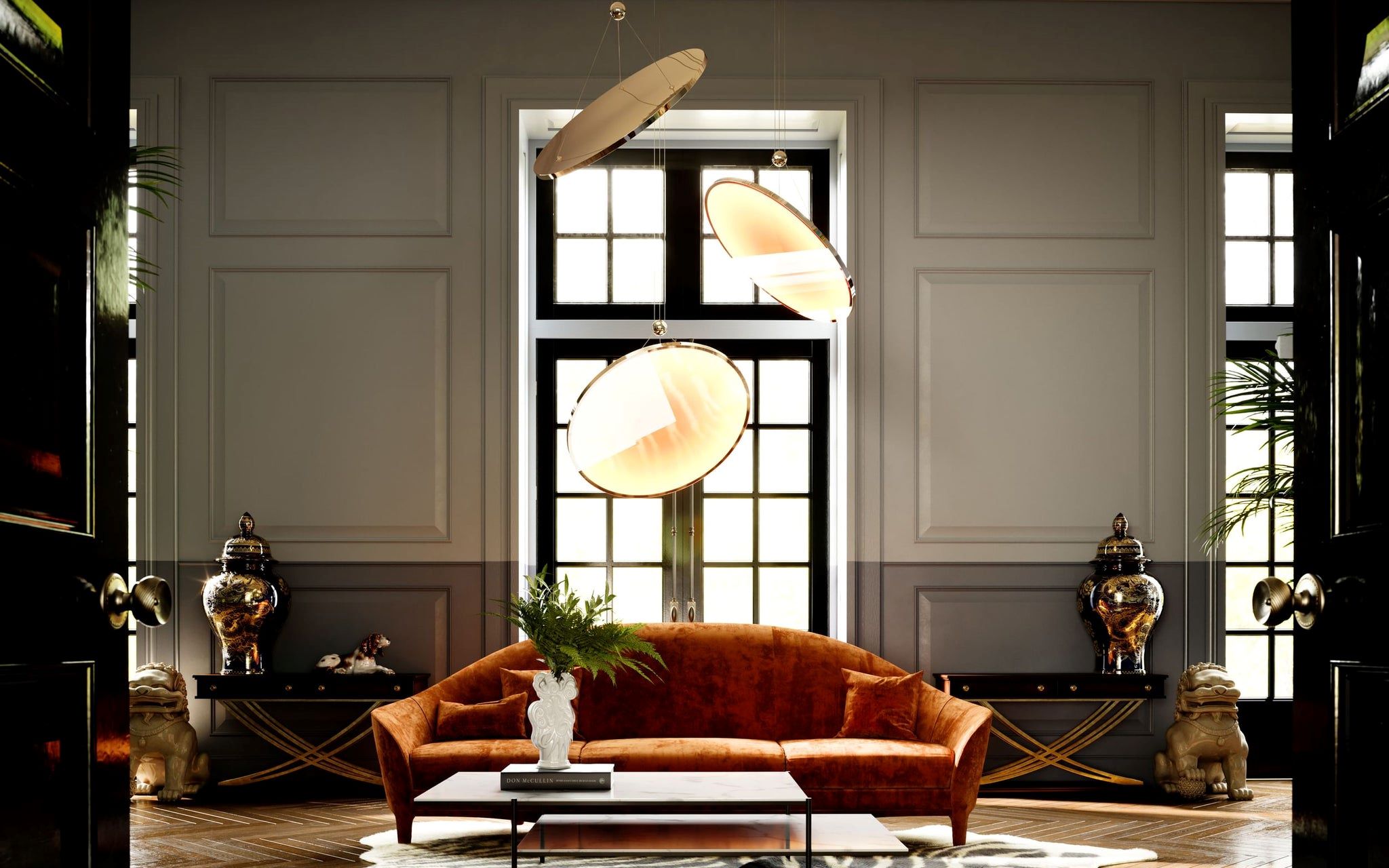


0 thoughts on “What Is A Smart House Design”